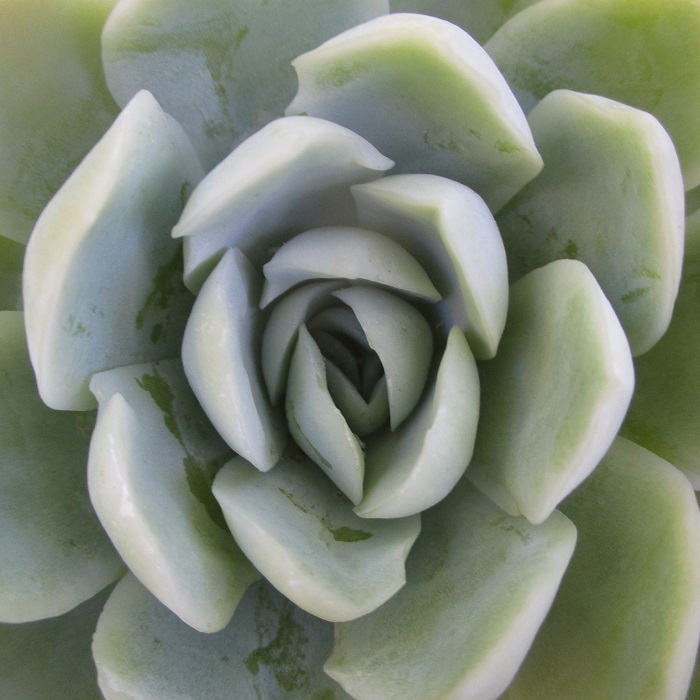UNITED STATES—Succulents, both old and new, have been something of a fad for quite a while now. There are certainly many reasons for them to be popular. They add bold form, texture and color to the garden. Most adapt excellently to container gardening. Many types are resistant to pathogens. Succulents are generally easy to maintain and equally as easy to propagate.
However, one of the primary premises of the increased popularity of succulents is simply untrue. Contrary to popular belief, not all succulents are drought tolerant. Only those that are naturally endemic to desert or chaparral climates can survive with minimal irrigation. They neither expect nor require any more moisture than the rain that falls through winter.
Many succulents are naturally endemic to climates that are not arid. Some are even from tropical rain forests. Such succulents rely on watering to compensate for the local lack of rain through the long and warm summers. Furthermore, many succulents from chaparral and desert climates also want water if their undispersed roots are confined to containers.
The various succulents are amazingly diverse.
Many popular succulents are cacti. They have spines (modified leaves) and thorns (modified stems) instead of foliage. Their fat succulent stems are green to compensate for their lack of foliage, by conducting all photosynthesis. Generally, most cacti actually are tolerant of drought, although less so within containers.
However, many of the most popular and trendy succulents have succulent leaves as well as succulent stems. Some obscure their stout stems within densely set foliage. Although some are chaparral plants that are somewhat drought tolerant, many require watering for adequate hydration. Even Epiphyllum, which are tropical cacti, require regular watering.
Furthermore, many of the succulents that can survive through dry summers without water take drastic measures to do. Various species of Aeonium and Echeveria let much of their older foliage shrivel to conserve moisture for the younger foliage. Echeveria retain much of their shabby dry foliage as insulation. So many of the succulents that have potential to survive without watering are happier with it.
Highlight: Mexican Snowball
The silly common name actually suits its plump rosettes of pale bluish succulent leaves. Mexican snowball, Echeveria elegans, forms small colonies that might resemble stashes of snowballs. Individual rosettes are circular, and a bit wider than tall. The widest are four inches or so across. The evergreen leaves are as neatly radial as scales of a pine cone.
Some may know Mexican snowball, and various other species of Echeveria and related Sempervivum, as hen and chicks. Big rosettes can produce so many small pups around their edges that they are reminiscent of mother hens surrounded by their huddled chicks. These pups are quite easy to separate for plugging into pots or elsewhere in the garden.
Mexican snowball is happiest in sunny situations with rather regular watering, but should tolerate a bit of shade and lapses of watering. For small trees in big pots, it can cover the surface of the potting media nicely. Pups plugged into crevices of stone walls might grow into clinging colonies. Tiny pink flowers with yellow tips bloom on wiry stems about now.
Horticulturist Tony Tomeo can be contacted at tonytomeo.com.




